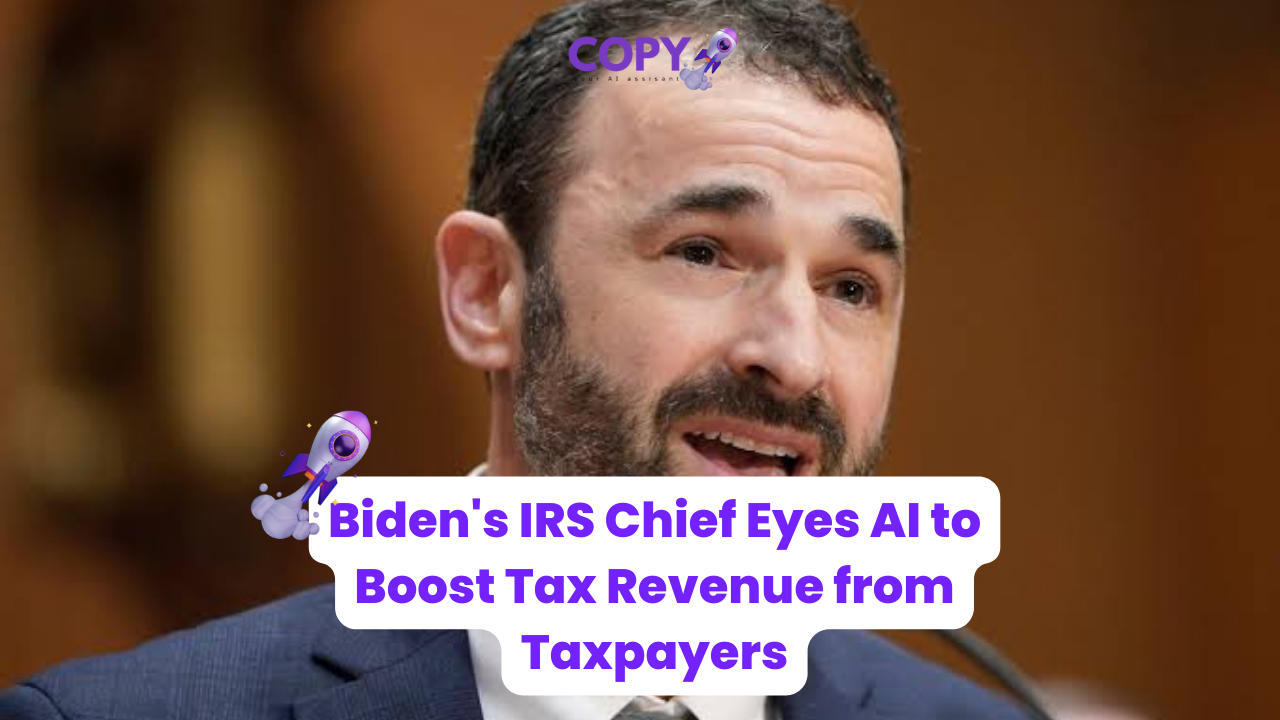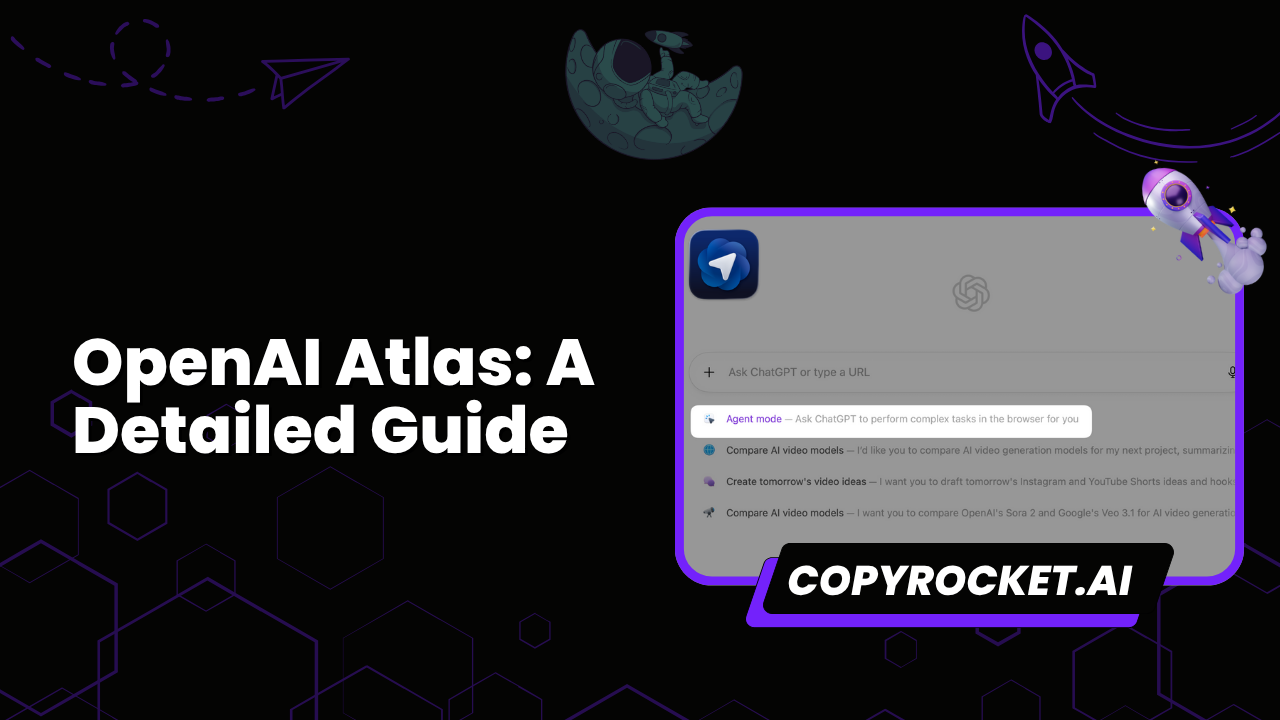In an era where artificial intelligence (AI) has seeped into nearly every corner of our daily lives, it’s perhaps unsurprising that the U.S. federal government has set its sights on leveraging AI to enhance tax collection efforts.
IRS Commissioner Danny Werfel, the leading federal official tasked with maximizing taxpayer contributions, recently disclosed in Washington DC that the agency is exploring AI integration for dual purposes. On one front, the use of chatbots promises to streamline taxpayer queries, potentially offsetting the administrative burden with automated, yet precise, responses.
Conversely, the IRS aims to harness AI’s analytical prowess to more effectively identify taxpayers falling short of their obligations. This move towards AI deployment comes in the wake of Tax Day 2024, amidst a landscape where generative AI gains ubiquity, championed by tech giants like OpenAI, Meta, and Google.
Yet, despite the promise of increased efficiency and potentially heralding a new epoch in tax collection, the pivot to AI also stirs unease, challenging perceptions of privacy and the human touch traditionally associated with governance.
Checkout our Free AI Tool;
Chatbots Enhance Taxpayer Support
In the relentless pursuit of efficiency, the IRS is turning to AI-driven chatbots to provide quicker, more accurate answers to taxpayer inquiries. Danny Werfel emphasizes the untapped potential of AI solutions in revolutionizing customer support.
“Right now, I believe that there are AI solutions that we have not yet leveraged that exist today that can help with some of these basic questions to the benefit of taxpayers,” Werfel said. “And on the other side of the equation, we are using AI today to do even more to unlock and spot this complexity.”
IRS Commissioner Danny Werfel
He further added in UiPath Event,
“And on the other side of the equation, we are using AI today to do even more to unlock and spot this complexity”
IRS Commissioner Danny Werfel
By automating responses to common questions, the IRS aims to alleviate the administrative load, ensuring taxpayers can receive timely assistance without overwhelming the system. This stride towards digital assistance signals a shift in how public services engage with citizens, prioritizing convenience and accessibility.
AI’s Role in Ensuring Tax Compliance
At the opposite end of the spectrum, the IRS is deploying AI to sharpen its approach to identifying underpayments. The technology’s analytical capability is a game-changer for spotting inconsistencies and complex tax evasion schemes that may otherwise slip through the cracks.
Werfel points out that AI’s integration into tax enforcement is already underway, aiming to safeguard the fiscal health of the nation by ensuring everyone pays their fair share. While the effectiveness of AI in compliance monitoring promises a more equitable tax system, it also raises important questions about privacy and the balance of automated governance.
Navigating the Future of AI in Governance
The introduction of AI into tax collection is a double-edged sword. On one hand, it heralds a new era of efficiency and potential cost savings; on the other, it necessitates a critical examination of privacy and human employment impacts.
The IRS’s cautious but optimistic approach under Werfel’s guidance reflects a broader governmental dilemma: how to harness AI’s power without compromising core values and public trust.
This venture into AI-assisted tax collection not only aims at modernizing the IRS but also sets a precedent for how technology reshapes the fabric of government operations and citizenship rights.





